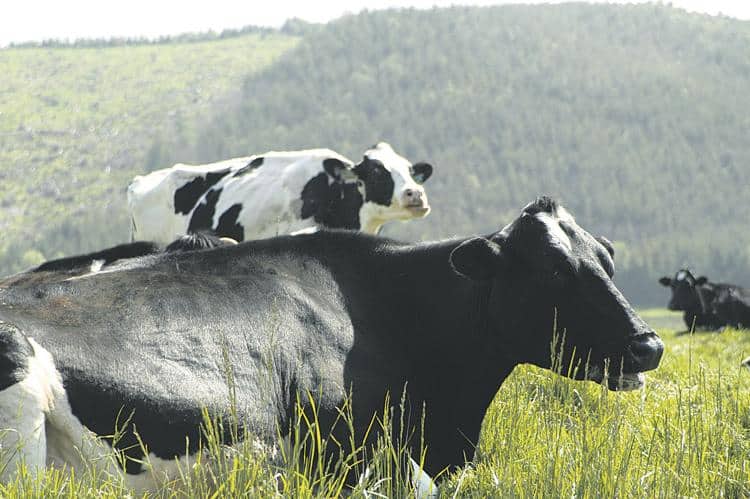
The Sept. 30 expiration of the farm bill put the Dairy Margin Coverage program in jeopardy unless Congress passes new legislation or extends the old farm bill by the end of the year.
With low milk prices and high input costs, the program has been a life line for many dairy farmers this year. The program, which ensures a margin between milk prices and feed costs, has paid out more than $1.2 billion this year.
“But if the farm bill is not either reauthorized or extended at the end of the calendar year, we’d have a problem as that program would go away,” he said during the latest “Dairy Defined” podcast.

“That’s, of course, to say nothing of what everybody knows as the dairy cliff from about a decade ago when the 2008 Farm Bill was on the verge of expiration and we were running the risk of 1940s-era policy coming back into place,” he said.
If dairy policy reverted back to 1940s parity pricing, the price of milk would be about $67 per hundredweight, and that’s not sustainable for more than a very short amount of time, he said.
“So we’ve never actually triggered the dairy cliff,” and it’s very unlikely that would happen, he said.
National Milk would like to see minor adjustments to DMC such as updating the program’s production history calculation. The organization is also seeking language in the farm bill that would require USDA to do mandatory processing plant cost studies every two years. That would provide better data regarding the cost of manufacturing dairy products to help inform debate around make allowances in pricing formulas, he said.
“We’re also, of course, seeking a return to the higher of Class I mover formula in the most expeditious manner possible,” he said.
The Class I mover sets the base price for fluid milk to which a location differential is added. The previous mover was calculated as the “higher of” the advanced price for Class III (milk for cheese and dry whey) and Class IV (milk for butter and powder).
Price consequence
The 2018 Farm Bill changed the mover to the “average of” Class III and Class IV prices plus 74 cents per hundredweight to provide better risk management for processors.
“That formula really has hurt dairy farmers in a variety of economic circumstances, not just 2020. And it’s done so once again this year,” he said.
National Milk is also looking for continued support for conservation programs, market access, trade programs and nutrition, as well as a bill on protecting common food names, he said.
























